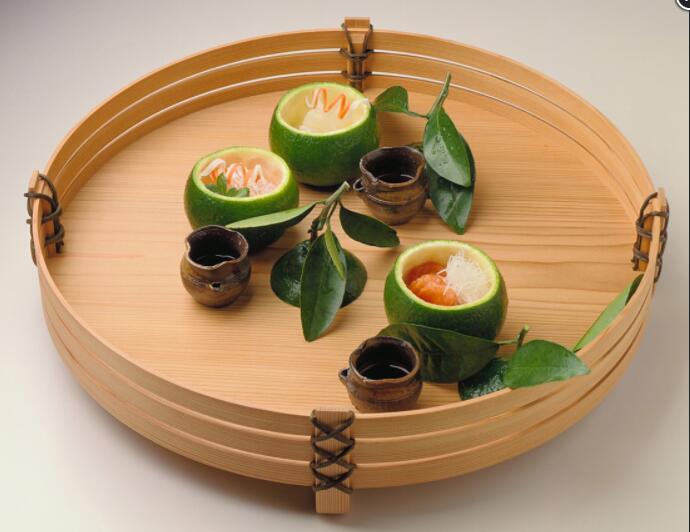
Kyoto Japanese Garden Lover's Private Tour with Government-Licensed Guide
Traditional and historical Japanese gardens are best sites to see Japanese aesthetics. Both artistic landscape gardens with seasonal plants and dry landscape gardens at Zen temples help you get relaxed for meditation. Visiting various styled gardens and experiencing traditional Japanese spirits which are represented in plants, rocks, and total design.
Our government-licensed and experienced multilingual guides will help you efficiently enjoy a one-day private tour of the best Japanese gardens in Kyoto.
Select gardens from a list in the tour information to create your customized itinerary. In addition to gardens, you may also choose any famous site in Kyoto for a truly memorable experience!
Note1: Please select your must-see spots from a list in the tour information to create your customized itinerary. Note2: National Government Licensed Guide Interpreter certification is issued by the Japanese government requires a good knowledge and understanding of Japanese culture and history.
Options
Kyoto Japanese Garden Lover's Private Tour with Government-Licensed Guide
Pickup included
What's included in Kyoto Japanese Garden Lover's Private Tour with Government-Licensed Guide
(Subject to Option Inclusions)Itinerary
Kinkakuji Temple
Kinkakuji (金閣寺, Golden Pavilion) is a Zen temple in northern Kyoto whose top two floors are completely covered in gold leaf. Formally known as Rokuonji, the temple was the retirement villa of the shogun Ashikaga Yoshimitsu, and according to his will it became a Zen temple of the Rinzai sect after his death in 1408. Kinkakuji was the inspiration for the similarly named Ginkakuji (Silver Pavilion), built by Yoshimitsu's grandson, Ashikaga Yoshimasa, on the other side of the city a few decades later. Kinkakuji is an impressive structure built overlooking a large pond, and is the only building left of Yoshimitsu's former retirement complex. It has burned down numerous times throughout its history including twice during the Onin War, a civil war that destroyed much of Kyoto; and once again more recently in 1950 when it was set on fire by a fanatic monk. The present structure was rebuilt in 1955.
Ginkakuji Temple
Ginkakuji (銀閣寺, Silver Pavilion) is a Zen temple along Kyoto's eastern mountains (Higashiyama). In 1482, shogun Ashikaga Yoshimasa built his retirement villa on the grounds of today's temple, modeling it after Kinkakuji (Golden Pavilion), his grandfather's retirement villa at the base of Kyoto's northern mountains (Kitayama). The villa was converted into a Zen temple after Yoshimasa's death in 1490. As the retirement villa of an art obsessed shogun, Ginkakuji became a center of contemporary culture, known as the Higashiyama Culture in contrast to the Kitayama Culture of his grandfather's times. Unlike the Kitayama Culture, which remained limited to the aristocratic circles of Kyoto, the Higashiyama Culture had a broad impact on the entire country. The arts developed and refined during the time include the tea ceremony, flower arrangement, noh theater, poetry, garden design and architecture.
Honen-in
Starting with an incredibly scenic approach that culminates in a moss-covered gate, Honen-in works its magic on the visitor right from the start. Once inside, you’ll pass between two sand mounds that are said to purify the visitor. You then cross a lovely stone bridge over a pond and then make you way through a moss-covered garden to find yourself at a secret grotto behind the main hall.
Inclusions
- Customizable Walking Tour of your choice of 3-4 sites from 'What to expect' list
- Meet up with guide on foot within designated area of Kyoto
- Licensed Local English Speaking Guide
- Transportation fees, Entrance fees, Lunch, and Other personal expenses
- Private Vehicle
- You cannot combine multiple tour groups.
- Guide Entry fees are only covered for sights listed under What to Expect.
- Service animals allowed
- Public transportation options are available nearby
- Infants and small children can ride in a pram or stroller
- All areas and surfaces are wheelchair accessible
- Transportation options are wheelchair accessible
- Wheelchair accessible
- Suitable for all physical fitness levels
- This is a walking tour. Pick up is on foot.
Meet
Pickup and Dropoff
Choose to be picked up from a list of locations
Additional Information
This private tour is a walking day tour. A private vehicle is not included. Public transportation or local taxis maybe used to transfer between sites. Exact transportation costs can be discussed with the guide after a reservation is finalized. Please have Japanese Yen on hand for your transportation costs.






